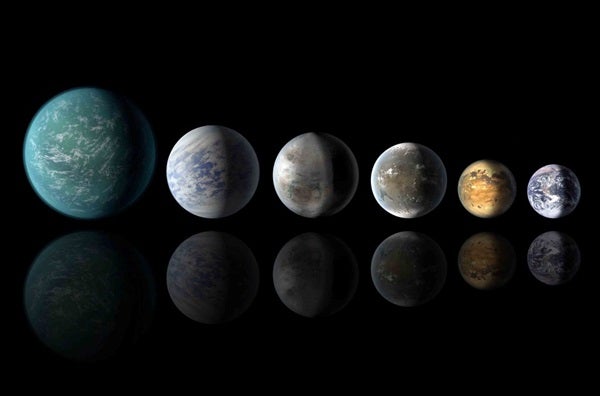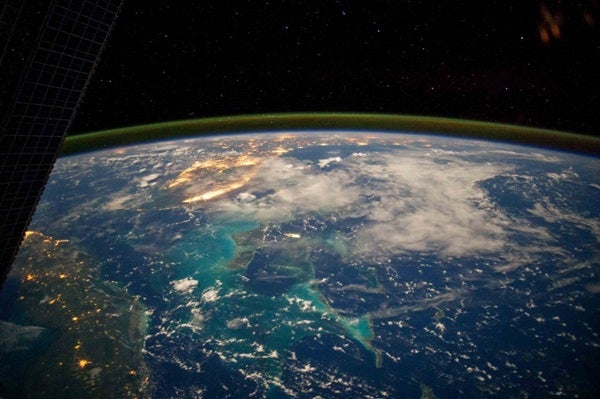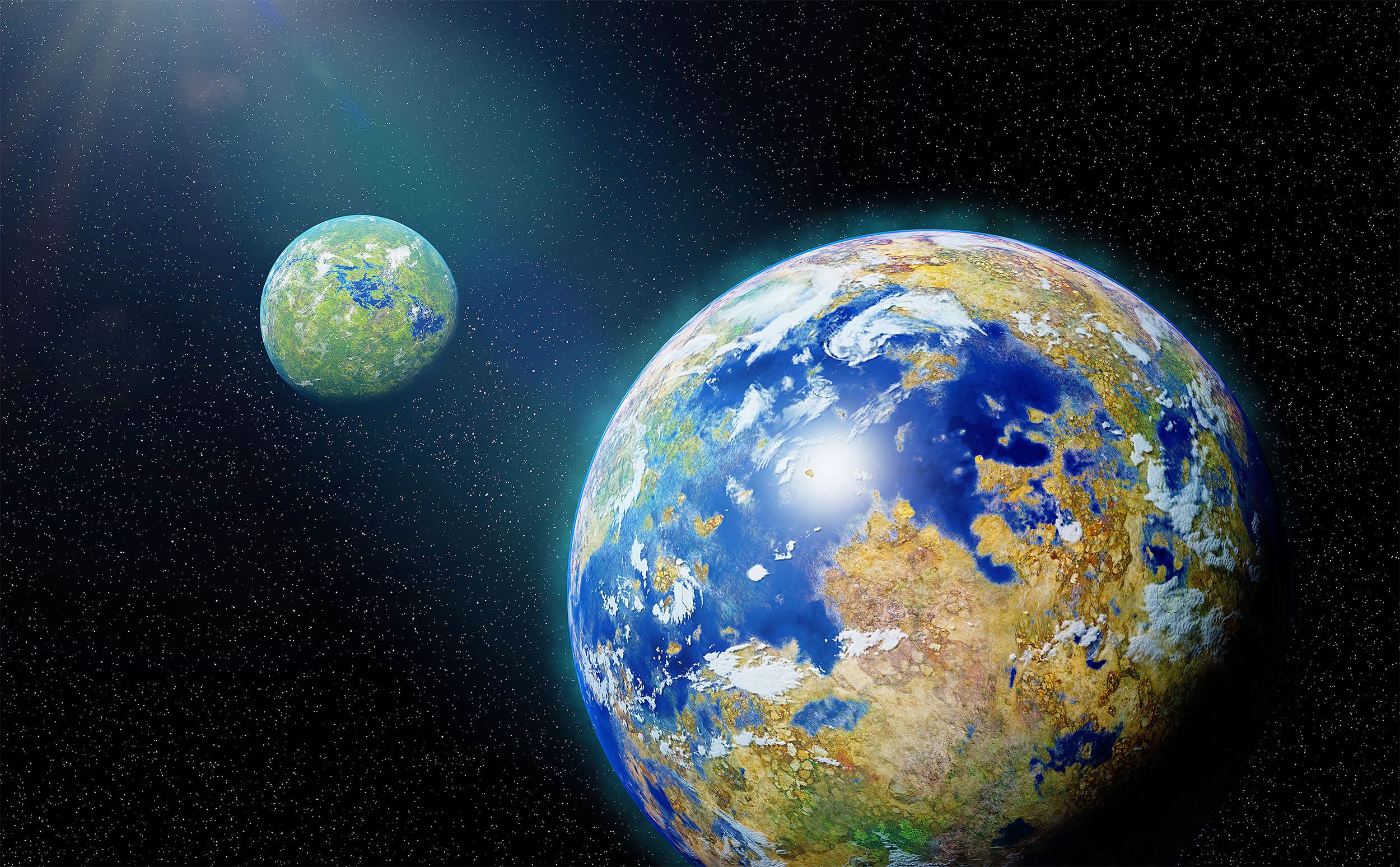Over 4,000 exoplanets are confirmed, and some may host oceans better suited for life than Earth’s.
Key Takeaways
- Life on some alien planets might be more abundant and diverse than on Earth.
- Oceans with active circulation and long planetary days could enhance habitability on exoplanets.
- Researchers modeled conditions like dense atmospheres and continents to study exoplanet ocean dynamics.
- Upwelling, a process that circulates nutrients in oceans, plays a key role in sustaining life.
- Next-generation telescopes could detect biosignatures in atmospheres, helping narrow the search for habitable planets.
___________
Earth may not be the most ideal home for life in the universe, according to a groundbreaking study by researchers modeling alien oceans. Presented at the Goldschmidt Conference in Barcelona, Spain, this research focuses on how certain planetary conditions—such as dense atmospheres, continents, and slower rotations—create oceans conducive to life. These features encourage robust ocean circulation, which helps distribute nutrients necessary for biological activity.
Lead researcher Stephanie Olson from the University of Chicago emphasized that some exoplanets with favorable ocean dynamics might support life more abundant or active than on Earth. The study underscores the importance of oceans in regulating a planet’s climate and sustaining ecosystems—factors often overlooked in previous exoplanet habitability studies.

New Insights into Ocean Dynamics
The researchers used advanced computer models to simulate combinations of climates and ocean habitats on exoplanets. A critical focus was upwelling, a wind-driven ocean circulation process that brings nutrient-rich water from the depths to the surface. On Earth, upwelling plays a vital role in sustaining marine life and, by extension, influences atmospheric chemistry.
This interplay between oceans and atmospheres could offer indirect evidence of life on alien worlds. For instance, changes in an exoplanet’s atmosphere—detectable via biosignatures—may reveal biological activity in its oceans. According to the researchers, understanding these dynamics is crucial for identifying the best exoplanet candidates for follow-up studies.

The Search for Biosignatures
Astronomers are expanding their toolkit for finding alien life. With more than 4,000 confirmed exoplanets, many lie within the habitable zone—the distance from their host star where liquid water can exist. While direct observation of life on these planets remains out of reach, the upcoming generation of telescopes may enable scientists to detect atmospheric biosignatures, such as chemical imbalances indicative of biological processes.
Chris Reinhard of the Georgia Institute of Technology, who was not involved in the study, hailed this work as a significant advancement. He noted that ocean modeling on exoplanets has been underexplored due to technical limitations but described the study as “a huge step in the right direction.”
Pioneering the Search for Life
This research highlights the vital role oceans play in sustaining life and opens new pathways in the search for habitable worlds. By refining models of ocean circulation and planetary climates, scientists can better assess which of the thousands of known exoplanets might host life. With tools like these, humanity is inching closer to answering one of its greatest questions: Are we alone in the universe?




